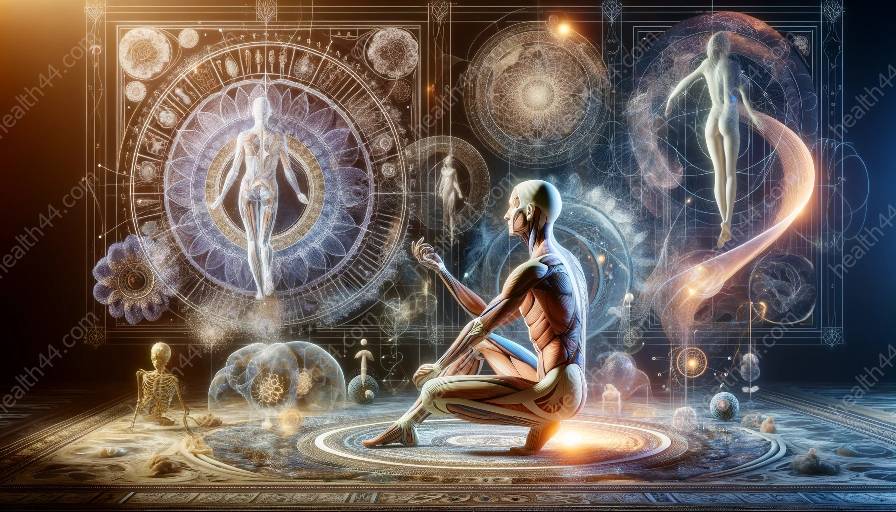The understanding of renal anatomy and kidney function is crucial in comprehending the intricate workings of the human body. In this comprehensive exploration, we will delve into the anatomical structure of the kidneys, the physiology of kidney function, and the remarkable processes that occur within the renal system.
Renal Anatomy
Renal System Overview:
The kidneys, located in the posterior abdominal cavity, are vital organs responsible for numerous physiological processes. Each human possesses two bean-shaped kidneys situated on either side of the vertebral column, just below the rib cage. The kidneys play a central role in maintaining the body's internal environment by regulating water balance, electrolytes, and acid-base equilibrium.
Kidney Structure:
The kidneys consist of various structures, including the renal cortex, renal medulla, and renal pelvis. These structures harbor the nephrons, the functional units of the kidneys that are responsible for filtering blood and excreting waste products, regulating blood pressure, and producing hormones such as erythropoietin.
Nephron Structure:
The nephron is an intricately structured tubule that facilitates the filtration, reabsorption, and secretion processes within the kidneys. It consists of the renal corpuscle, proximal convoluted tubule, loop of Henle, distal convoluted tubule, and collecting duct. Each segment of the nephron performs specialized functions to ensure the proper filtration and reabsorption of various substances.
Kidney Function
Kidney Filtration:
The process of kidney filtration is essential for maintaining fluid and electrolyte balance, as well as removing waste products from the bloodstream. It involves the selective passage of substances from the blood into the renal tubules based on their size and charge. Filtration occurs within the glomerulus, a tuft of capillaries within the renal corpuscle that acts as the initial filtration site.
Renal Blood Flow:
The kidneys receive a significant portion of the cardiac output, allowing for the efficient filtration of blood and the excretion of waste products. Renal blood flow plays a critical role in regulating blood pressure and ensuring the proper delivery of oxygen and nutrients to the kidney tissues.
Renal Regulation of Blood Pressure:
The kidneys contribute to the regulation of blood pressure through the renin-angiotensin-aldosterone system, which helps control fluid balance, electrolyte levels, and systemic vascular resistance. This intricate system plays a pivotal role in maintaining homeostasis and preventing the development of hypertension.
Renal Endocrine Function:
In addition to their excretory role, the kidneys also serve as endocrine organs by producing hormones such as erythropoietin and renin. Erythropoietin regulates red blood cell production, while renin plays a crucial role in blood pressure regulation through its interaction with the renin-angiotensin-aldosterone system.
In Conclusion
Understanding the intricate details of renal anatomy and kidney function provides valuable insights into the essential role of the kidneys in maintaining overall health and homeostasis within the human body. The complex interplay of structures and physiological processes within the renal system underscores the remarkable design and functionality of this vital organ.































